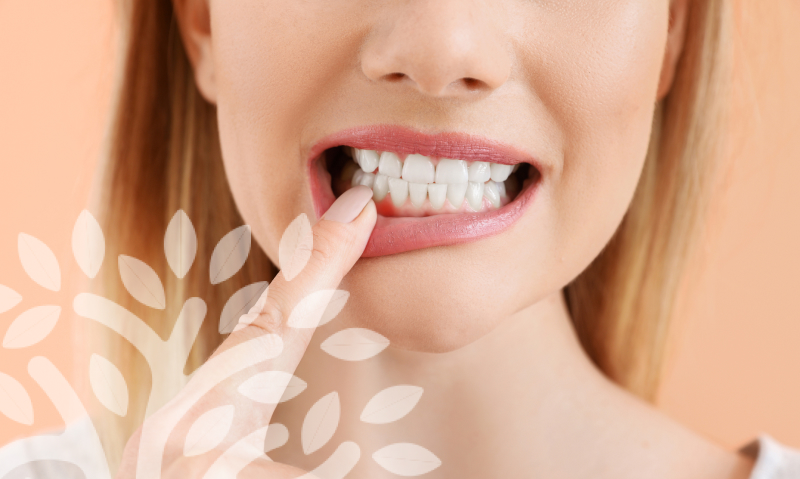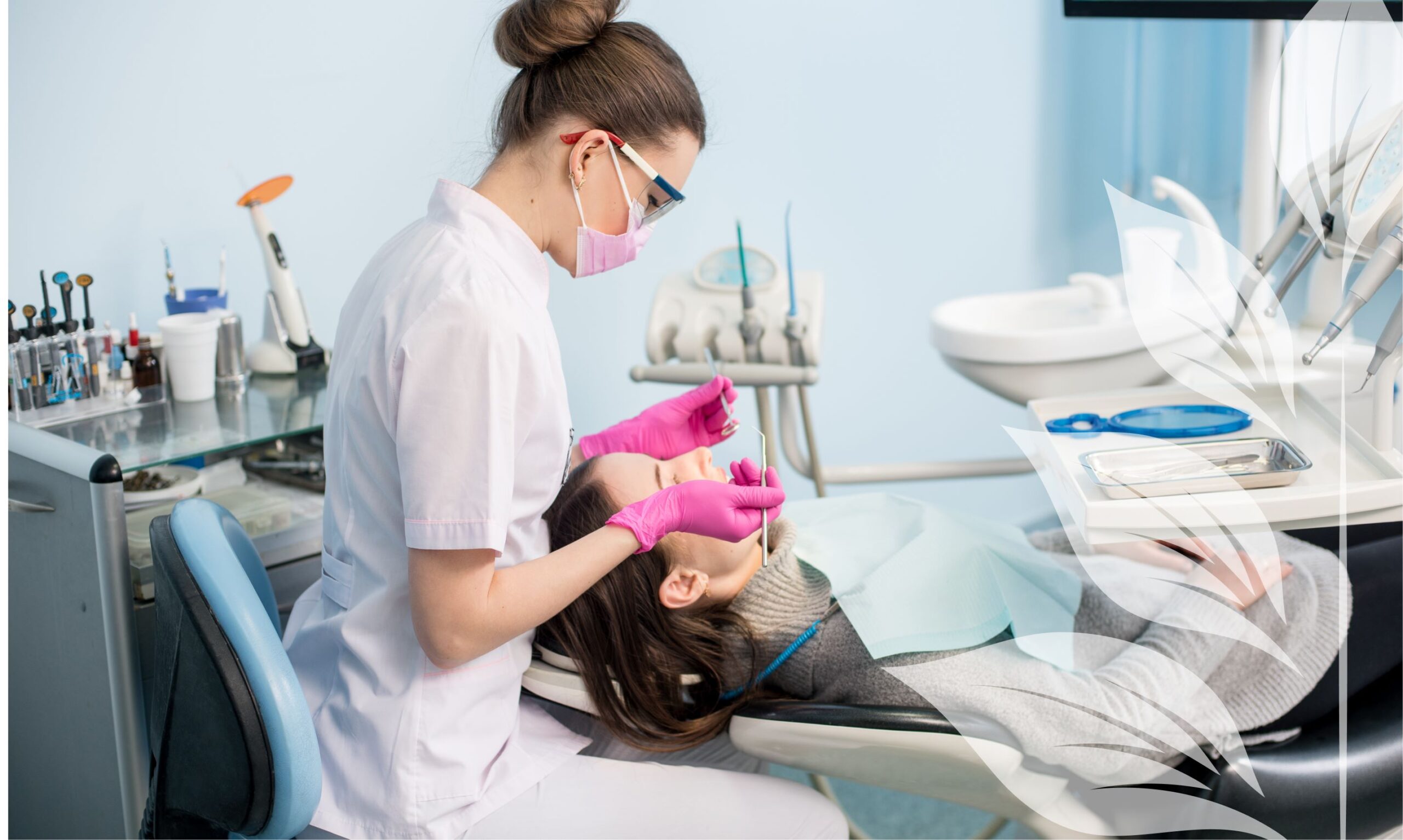Seeking Treatment for a Periodontal Abscess
While dental abscesses are often invisible from the surface, periodontal abscesses are immediately recognizable, even if you don’t know much about them. They generally appear on your gums as a red lump surrounded by swollen and irritated gum tissue. Just like other abscesses, they’re infamously painful. These factors can make finding a periodontal abscess on your gums extremely concerning. If you’ve developed a periodontal abscess, it’s normal to have a lot of questions and concerns, and we’re here to help answer them.
That said, a periodontal abscess is a serious oral and overall health issue and treatment is needed immediately, so it’s always vital to schedule an appointment with the best local dentist in Hampton or Griffin, GA, as soon as you notice one in your mouth.
Thankfully, though, there are plenty of treatment options that your dentist can use to treat the abscess and help you regain your oral health. While you wait for your appointment, we’ve put together a guide on periodontal abscesses to help you understand the symptoms you’re experiencing, what could have caused your abscess, and how your dentist is likely to go about treating it.
What is a periodontal abscess?
A periodontal abscess is a spot in your gums, usually located between your teeth, that becomes infected and fills up with pus. This results in a swollen, red, and raised area on your gums that almost looks like there’s a marble or bubble trapped beneath them.
What causes it?
Periodontal abscesses often occur in people who are suffering from periodontitis. This means that a major cause of a periodontal abscess is also a major cause of periodontitis—poor oral hygiene, especially a lack of flossing. When you’re not cleaning your teeth thoroughly every day, bacteria-filled plaque builds up on them and leads to oral health issues like cavities, periodontitis, and, potentially, periodontal abscesses. The good news is that reducing your chances of getting a dental abscess is often as simple as committing yourself to a great at-home oral hygiene routine!
This means brushing your teeth for two minutes twice a day, flossing at least once a day, and using mouthwash daily. Other periodontitis risk factors, such as smoking, heart disease, hormonal changes in women, and dry mouth can also impact your likelihood of getting periodontal abscesses. Sticking to a great oral hygiene routine and building healthier habits, such as quitting smoking, can keep your teeth and gums healthy in the long term.
Poor oral hygiene isn’t the only cause of periodontal abscesses, though. Another big cause of the condition is a weakened immune system, as it makes it harder for your body to fight off and heal from infections. This can arise from certain immunosuppressant medications as well as conditions like HIV, diabetes, and autoimmune diseases, such as Crohn’s disease.
Maintaining a great oral hygiene routine can also help you reduce your risk in this case, as it helps control the level of harmful bacteria in your mouth. Finally, an existing infection elsewhere in your mouth, like a less visible tooth abscess, could lead to a periodontal abscess.
What are the signs and symptoms of a periodontal abscess?
There are two immediately noticeable symptoms of a periodontal abscess. The first is pain, which is often signaled by your mouth throbbing constantly and can be quite severe. The second immediately noticeable symptom is the appearance of your gums. They’ll often darken to a deep red or purple color and will appear swollen, including potentially developing a pocket of pus that looks like there’s a bubble or a marble trapped beneath your gums.
Aside from these symptoms, however, you may also notice:
- Receding gums.
- Formation of deep pockets between your teeth and gums.
- Fever.
- An inflamed area that feels hot to the touch.
- A persistently bad taste in your mouth that comes back even after brushing.
- Persistently bad breath.
- Discharge of pus in the mouth.
- Tooth sensitivity.
- Irritated, painful gums.
- Loose or shifting teeth.
- Change in the way your bite fits together.
You may not experience all these symptoms with your abscess, but if you notice even a few of them, the best thing you can do is call and schedule an appointment with Dr. Allred as soon as possible.
How are periodontal abscesses treated?
The exact way your dentist will go about your periodontal abscess treatment depends on your specific case. No matter what, though, the first thing Dr. Allred will need to do is drain the abscess itself. He may do this by making a small incision in your gums and applying a bit of pressure to ensure it drains completely. He will also thoroughly clean the area around the abscess and may recommend a deep cleaning if you have extensive plaque and tartar buildup or if you’re also suffering from periodontitis in addition to your abscess.
After this, Dr. Allred will likely take a dental X-ray of your teeth. This is because infections like periodontal abscesses and periodontitis, especially if they go untreated for an extended time, can damage nearby teeth or cause bone loss in their supporting structures as well as in your jaw. Taking an X-ray helps Dr. Allred determine if you need a root canal to save a damaged tooth, a tooth extraction, or procedures to reverse bone loss. This step ensures that your teeth and gums are as healthy as possible now while also playing a role in protecting them for the future.
Whether or not you need additional treatments after Dr. Allred has drained your abscess, you will also be prescribed an antibiotic. This is an essential step because it helps your body fight any remaining bacteria, ensuring that the infection is taken care of once and for all. He may also recommend that you add an antibacterial mouthwash to your at-home oral hygiene routine or use a saltwater rinse at home to further help control the number of bacteria in your mouth while you heal.
These are all vital parts of restoring your gum health in the short and long term, so make sure you follow all of Dr. Allred’s instructions after your procedure!
Allred Family Dentistry can help restore your smile.
Periodontal abscesses are painful, look intimidating, and can pose a serious threat to your oral and overall health, so it’s incredibly important to seek treatment as soon as you notice symptoms of the condition. Thankfully, modern dentistry makes treatment easier than ever, helping you to kick the infection to the curb and restore your oral health—and giving you the knowledge you need to keep yourself healthier than ever in the future!
If you suspect you have a periodontal abscess and need treatment or would like to learn more about the condition, feel free to schedule an appointment with Dr. Allred at any time.





